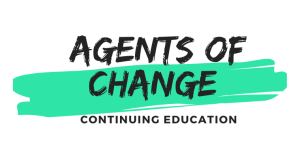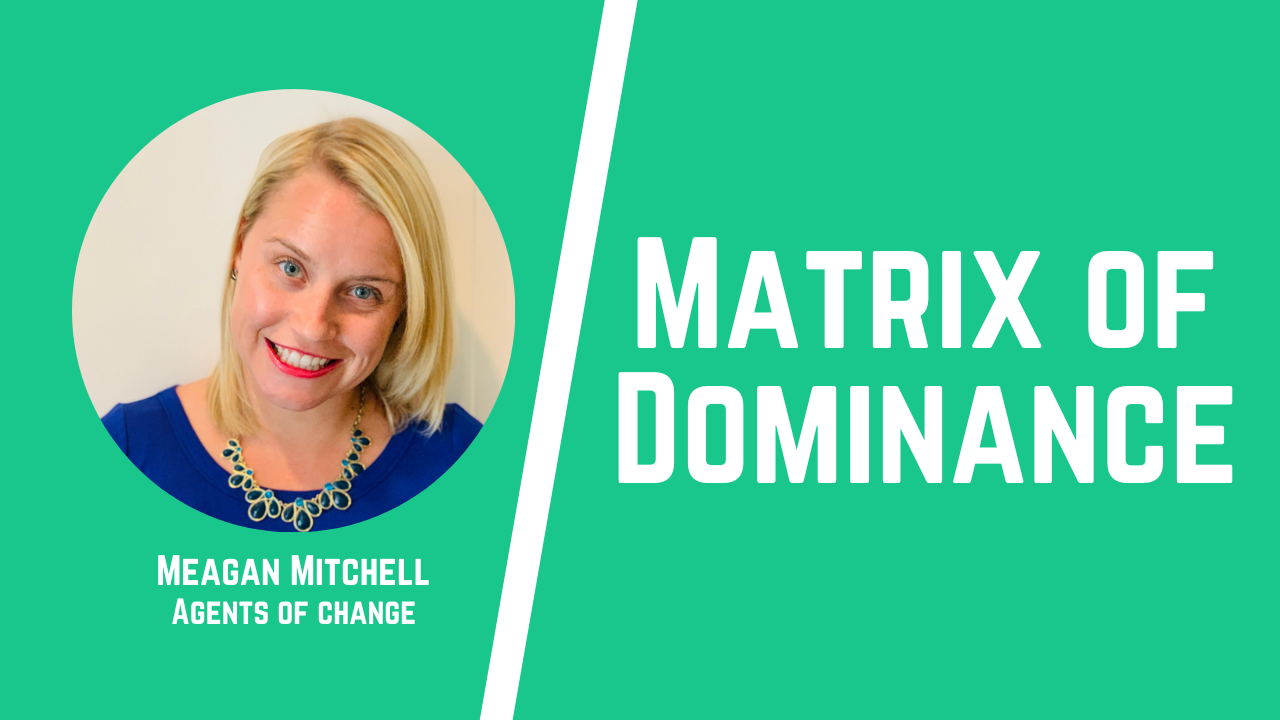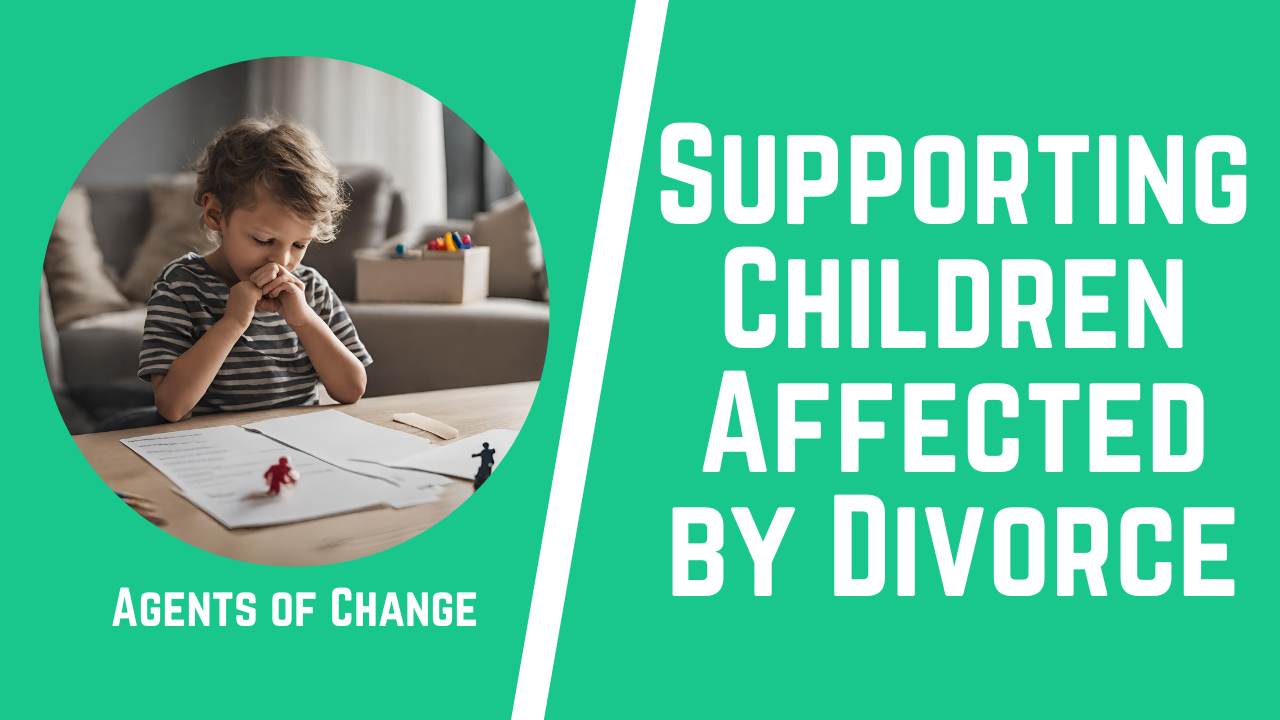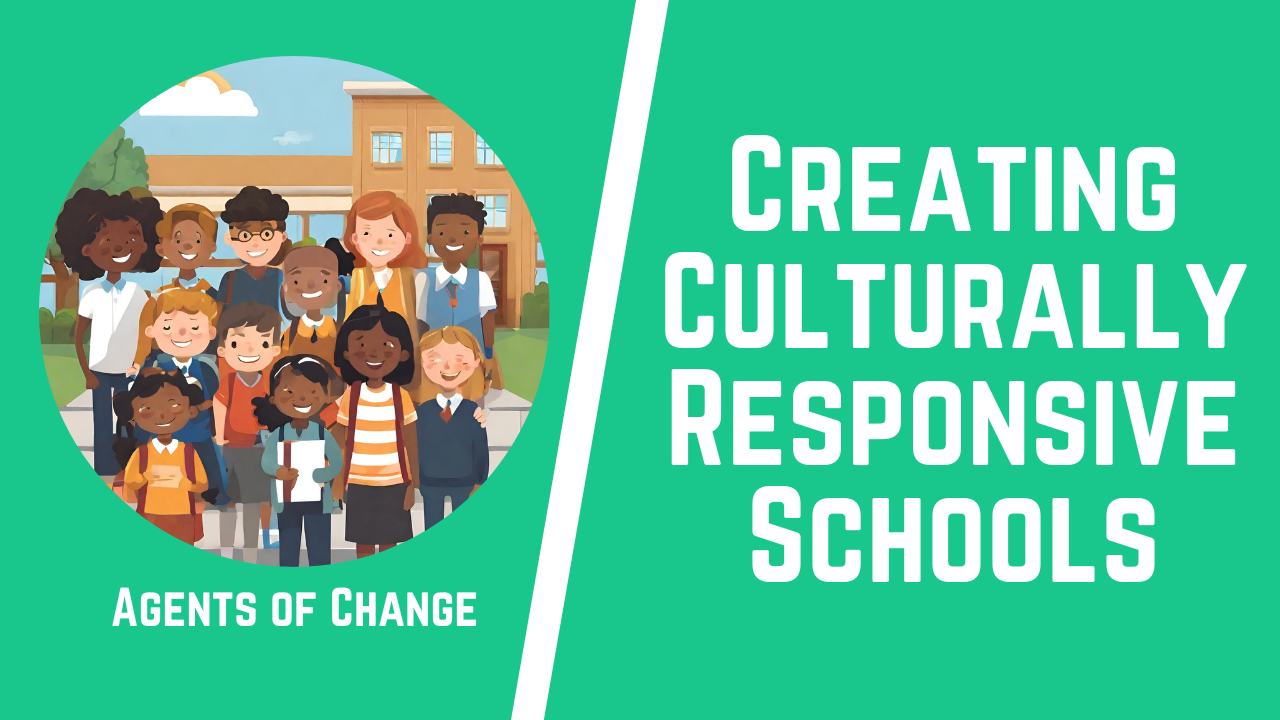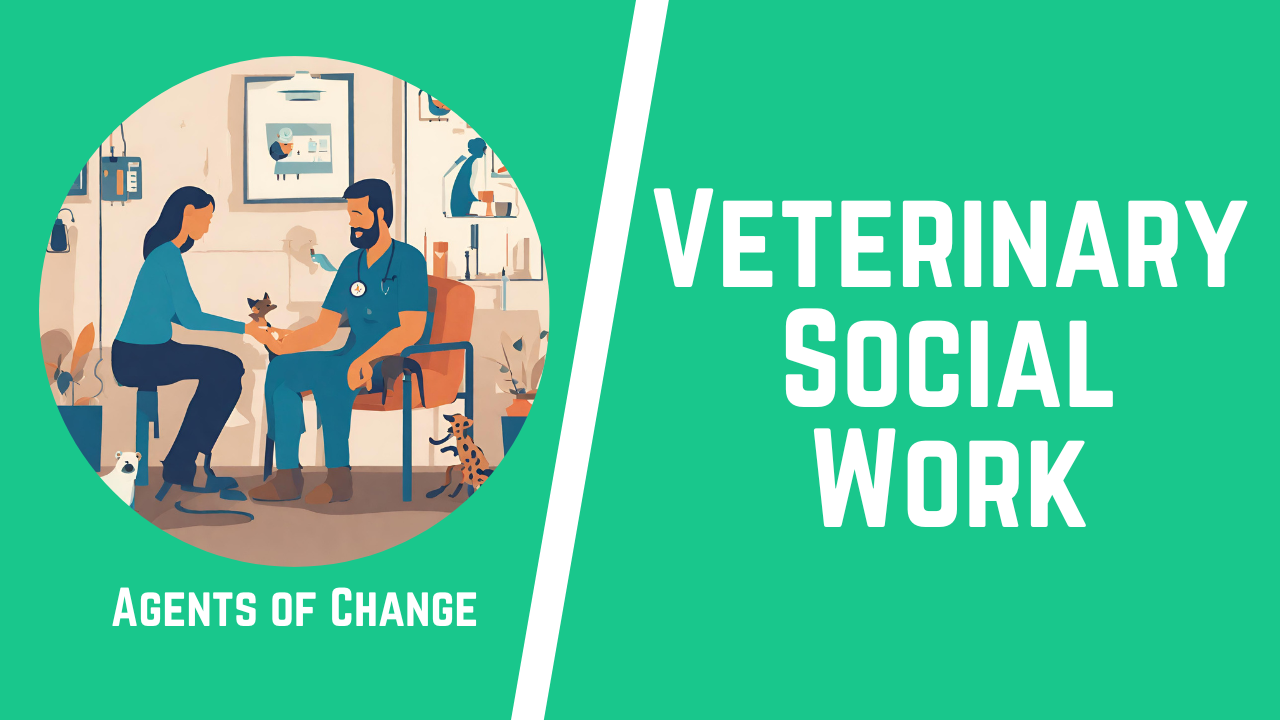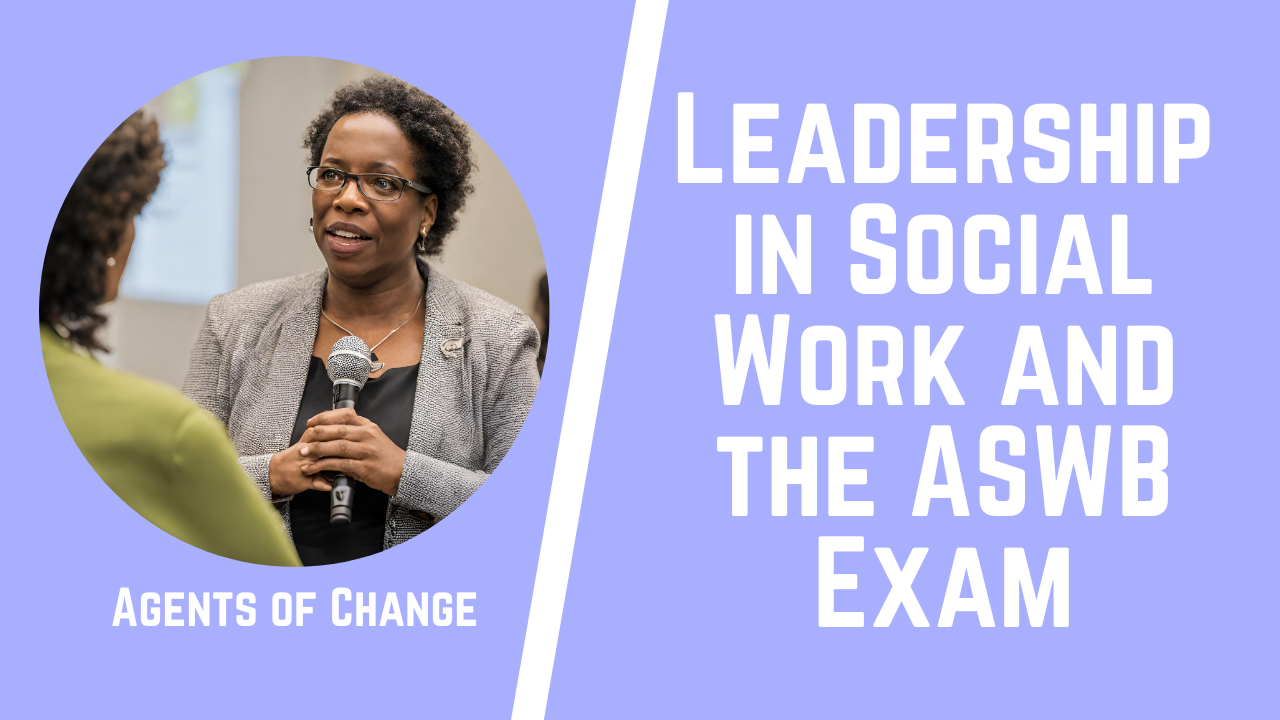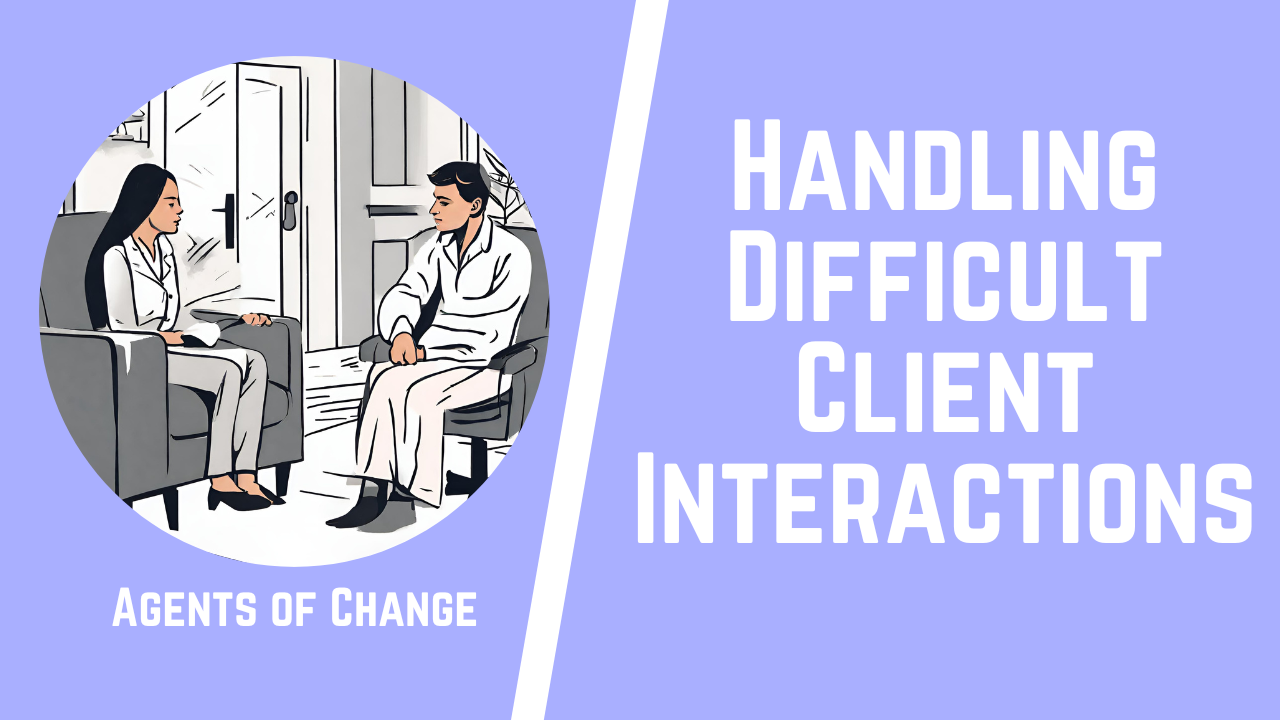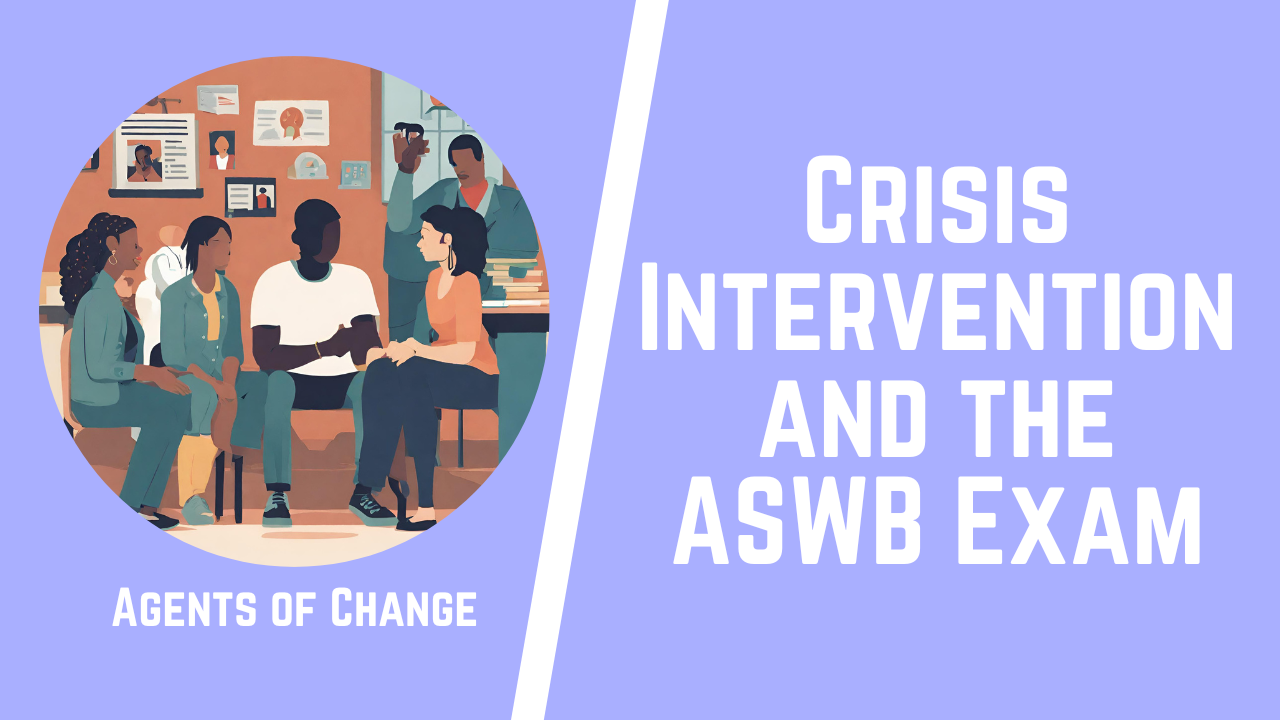Welcome to our exploration of the Matrix of Dominance, a concept that helps with our understanding of how various forms of oppression and privilege intersect, creating a complex web that influences every aspect of our lives, from the opportunities we have to the challenges we face.
It’s a critical framework for anyone interested in social justice, but especially for Social Workers, who are on the front lines of advocating for and empowering those caught in the crosshairs of this matrix. So, let’s dive deep into this topic, unraveling the details of the Matrix of Dominance and its profound implications for Social Work practice. Whether you’re a seasoned professional or just starting out, this journey will illuminate the path toward more equitable and effective Social Work.
Did you know? Agents of Change Continuing Education offers Unlimited Access to 150+ CE courses for one low annual fee to meet your state’s requirements for Continuing Education credits.
We’ve helped thousands of Social Workers with Continuing Education, learn more here about Agents of Change and claim your 5 free CEUs.
1) What is the Matrix of Dominance?
The Matrix of Dominance is a conceptual framework that helps us to understand the complexities of power, privilege, and oppression in society. It provides a lens through which we can view the interlocking systems that shape our experiences based on various aspects of our identities, such as race, class, gender, sexuality, and ability.
Understanding the Components
The Matrix of Dominance consists of multiple axes of identity that intersect and interact in complex ways:
- Race and Ethnicity: How racial and ethnic identities can lead to systemic advantages or disadvantages.
- Gender: The roles and expectations assigned to people based on their gender and how these contribute to societal power imbalances.
- Sexual Orientation: How heteronormativity privileges heterosexual individuals over those with other sexual orientations.
- Socioeconomic Status: The impact of wealth, education, and occupation on one’s access to resources and opportunities.
- Ability: How physical, mental, and cognitive abilities affect one’s treatment and accessibility in society.
- Age: The way age influences one’s power, autonomy, and societal value.
How It Operates
The Matrix of Dominance doesn’t just add up the different aspects of identity; it multiplies them, creating a dynamic and constantly shifting landscape of power and oppression. Here’s how it operates:
- Intersectionality: Each axis of identity intersects with others, creating unique experiences of advantage or disadvantage. For example, the experience of a black woman is shaped by both her race and her gender, along with other aspects of her identity.
- Systemic Structures: These identity axes are embedded in societal structures, institutions, and norms that perpetuate inequalities. For example, systemic racism, sexism, and classism are all part of the Matrix of Dominance.
- Power Dynamics: The matrix creates and maintains power dynamics that privilege some groups while marginalizing others. These dynamics are fluid and can vary depending on context.
Impact on Individuals and Groups
The Matrix of Dominance has profound implications for individuals and groups, affecting:
- Access to Resources: Including education, healthcare, employment, and housing.
- Representation: In media, politics, and leadership positions, marginalized groups often find themselves underrepresented or misrepresented.
- Social and Psychological Well-being: Experiencing discrimination and marginalization can lead to adverse health outcomes and psychological stress.
Key Insights from the Matrix of Dominance
Understanding the Matrix of Dominance offers several key insights:
- No Single Issue Struggles: Social justice issues are interconnected; fighting sexism must also involve tackling racism, classism, ableism, and other forms of oppression.
- The Need for Personal Awareness: Recognizing one’s place within the matrix is crucial for understanding the privileges and biases we may bring to our interactions and work.
- Strategies for Change Must Be Intersectional: Efforts to address inequality and promote social justice must consider the complex interplay of various identity axes to be effective.
Agents of Change Continuing Education offers Unlimited Access to 150+ CE courses for one low annual fee to meet your state’s requirements for Continuing Education.
2) Why Should Social Workers Care?
As architects of change and advocates for justice, Social Workers are uniquely positioned to confront and dismantle the barriers erected by the Matrix of Dominance.
Understanding this complex framework is not an academic exercise; it’s a practical necessity for effective, empathetic, and equitable Social Work practice.
Enhancing Holistic Understanding
- Intersectionality in Client Experiences: Recognizing how different aspects of a client’s identity (race, gender, socioeconomic status, etc.) intersect to affect their experiences of oppression or privilege is crucial. This awareness enables Social Workers to provide more nuanced and effective support.
- Beyond Individual Issues: Understanding the Matrix of Dominance helps Social Workers see beyond the surface-level issues presented by clients, acknowledging the systemic roots of many social problems.
Informing Empathetic Practice
- Deepening Empathy and Connection: By understanding the structural and systemic forces impacting clients, Social Workers can foster deeper empathy and connection, transcending mere sympathy to truly understand the client’s perspective and struggles.
- Cultural Competence: Awareness of the Matrix of Dominance is key to developing cultural competence, allowing Social Workers to approach clients from diverse backgrounds with respect, understanding, and sensitivity to their unique contexts.
Advocacy and Intervention
- Challenging Inequities: Armed with a deep understanding of how systemic inequities affect individuals and communities, Social Workers can more effectively advocate for change, both at the individual and systemic levels.
- Empowering Clients: Knowledge of the Matrix of Dominance equips social workers to empower clients, helping them understand the larger forces at play in their lives and how to navigate or challenge these systems.
Fostering Systemic Change
- Policy Advocacy: Social Workers can leverage their understanding of the Matrix of Dominance to advocate for policy changes that address root causes of oppression and inequality, rather than just treating symptoms.
- Community Engagement: This knowledge also facilitates more effective community engagement and organization, rallying communities around shared issues and mobilizing them for collective action.
Professional Growth and Ethical Practice
- Continuing Education: Engaging with concepts like the Matrix of Dominance through continuing education helps Social Workers stay informed, responsive, and effective in their practice. Platforms like Agents of Change Continuing Education offer resources to deepen this understanding.
- Upholding Social Work Ethics: The profession’s commitment to social justice and the dignity and worth of the person is upheld through a thorough understanding and integration of the Matrix of Dominance into practice.
Key Highlights:
- The Matrix of Dominance provides a critical framework for understanding the complexities of oppression and privilege.
- Social Workers, as advocates for social justice, must understand these dynamics to effectively support, empower, and advocate for their clients.
- This knowledge informs more empathetic, culturally competent, and holistic Social Work practice.
- It also empowers Social Workers to engage in meaningful advocacy and intervention efforts aimed at systemic change.
- Continuing education and professional development in this area are crucial for maintaining an effective, ethical, and responsive Social Work practice.
3) Strategies for Addressing the Matrix of Dominance in Social Work Practice
Social Workers must be equipped with a diverse toolkit of strategies to effectively address the layers of oppression and privilege that impact their clients.
Embracing a Client-Centered Approach
At the core of Social Work is the principle of putting the client’s needs and experiences first. Adapting a client-centered approach in the context of the Matrix of Dominance involves:
- Active Listening and Validation: Ensuring clients feel heard and validated in their experiences of oppression or privilege.
- Individualized Assessment: Conducting thorough assessments that take into account the various dimensions of a client’s identity and how these intersect with systems of dominance.
- Empowerment: Working with clients to identify their strengths and resources, empowering them to navigate and challenge the Matrix of Dominance in their lives.
Implementing Anti-Oppressive Practices
Anti-oppressive practice is a cornerstone of Social Work aimed at recognizing, addressing, and dismantling oppression at individual, community, and societal levels. To integrate anti-oppressive practices:
- Critical Self-Reflection: Social Workers should engage in ongoing self-reflection to understand their own position within the Matrix of Dominance and how it affects their practice.
- Education and Awareness: Continually educating oneself about the historical and contemporary contexts of oppression related to race, gender, sexuality, class, and other social identities.
- Advocacy and Activism: Taking an active role in advocating for policies and practices that promote equity and justice, both within the profession and in the wider community.
Collaborative Advocacy for Systemic Change
Effecting systemic change is a key aspect of addressing the Matrix of Dominance. Social Workers can play a pivotal role in this area by:
- Building Alliances: Partnering with other professionals, organizations, and community groups that are working towards similar goals of dismantling oppressive systems.
- Community Empowerment: Facilitating community-based initiatives that empower marginalized groups to advocate for their rights and needs.
- Policy Influence: Engaging in policy advocacy to influence the creation, implementation, and revision of policies that impact oppressed populations.
Continuing Professional Development
Staying informed and educated about the evolving understandings of oppression, privilege, and the Matrix of Dominance is essential for effective Social Work practice. This includes:
- Engaging in Continuous Learning: Taking advantage of workshops, courses, and seminars that focus on the Matrix of Dominance and related topics. Platforms like Agents of Change Continuing Education offer valuable resources for deepening understanding and earning Continuing Education Credits.
- Peer Learning and Support: Participating in peer supervision and support groups to share insights, challenges, and strategies for addressing the Matrix of Dominance.
- Research and Scholarship: Keeping abreast of the latest research and scholarly work on intersectionality, systemic oppression, and social justice to inform practice.
Cultivating Cultural Competence
Understanding and respecting the cultural backgrounds and identities of clients is crucial in addressing the Matrix of Dominance:
- Cultural Humility: Approaching clients’ cultural identities with humility and openness, recognizing the Social Worker’s limitations and biases.
- Responsive Services: Adapting services and interventions to be culturally responsive and appropriate, ensuring they meet the specific needs of diverse client populations.
- Inclusive Practices: Creating an inclusive environment that respects and celebrates diversity, and actively challenges discriminatory practices.
4) FAQs – Matrix of Dominance
Q: What is the Matrix of Dominance, and how does it impact Social Work practice?
A: The Matrix of Dominance is a conceptual framework that helps us understand how various forms of social stratification, such as race, gender, class, sexuality, and age, intersect to create complex systems of oppression and privilege.
Its impact on Social Work practice is profound. It provides Social Workers with a lens through which to view the experiences of their clients, recognizing that these experiences are not singular but are influenced by multiple, intersecting factors.
Understanding the Matrix of Dominance enables Social Workers to develop more holistic and effective strategies for intervention, advocacy, and support, ensuring they can meet the diverse needs of their clients.
Q: How can Social Workers address the challenges presented by the Matrix of Dominance?
A: Social Workers can address the challenges presented by the Matrix of Dominance through several key strategies:
- Client-Centered Approach: Tailoring interventions to fit the unique context and experiences of each client, acknowledging their specific intersections of identity and oppression.
- Anti-Oppressive Practice: Actively working to recognize, address, and dismantle systems of oppression at individual, community, and societal levels.
- Collaborative Advocacy: Partnering with clients, communities, and other stakeholders to advocate for systemic changes that address the root causes of oppression.
- Continuing Education: Engaging in lifelong learning to stay informed about the evolving dynamics of oppression and privilege, utilizing resources such as Agents of Change Continuing Education for professional development.
- Cultural Competence: Developing an understanding of and respect for the diverse cultural backgrounds and identities of clients to provide responsive and appropriate services.
Q: Why is it important for Social Workers to continuously engage in education and training related to the Matrix of Dominance?
A: Continuous engagement in education and training on topics related to the Matrix of Dominance is crucial for Social Workers for several reasons:
- Evolving Understandings: The concepts of oppression, privilege, and intersectionality are dynamic, with new research and theories continually emerging. Ongoing education ensures Social Workers’ approaches remain current and effective.
- Enhanced Effectiveness: Deepening their understanding of the Matrix of Dominance allows Social Workers to develop more nuanced interventions that address the complex realities of their clients’ lives.
- Professional Responsibility: Social Workers have an ethical obligation to provide the best possible service to their clients, which includes staying informed about the best practices in their field.
- Advocacy and Change: With advanced knowledge, Social Workers are better equipped to advocate for systemic changes that promote social justice and equity, challenging the structures that maintain the Matrix of Dominance.
5) Conclusion
The Matrix of Dominance framework is not just an abstract academic concept but a vital tool for understanding and navigating the complex interplay of power, privilege, and oppression in our society.
For Social Workers, integrating this understanding into their practice is not optional but essential for fostering meaningful change, advocating for social justice, and empowering the communities they serve. By acknowledging the multifaceted nature of oppression and how various forms of discrimination intersect, Social Workers can develop more nuanced, effective strategies for supporting their clients and challenging the systemic barriers that perpetuate inequality.
Learn more about Agents of Change Continuing Education. We’ve helped thousands of Social Workers with their Continuing Education and want you to be next!
————————————————————————————————————————————————
► Learn more about the Agents of Change Continuing Education here: https://agentsofchangetraining.com
About the Instructor, Meagan Mitchell: Meagan is a Licensed Clinical Social Worker and has been providing Continuing Education for Social Workers for more than 8 years. From all of this experience helping others pass their exams, she created Agents of Change Continuing Education to help Social Workers stay up-to-date on the latest trends, research, and techniques.
#socialwork #socialworker #socialwork #socialworklicense #socialworklicensing #continuinged #continuingeducation #ce #socialworkce #freecesocialwork #lmsw #lcsw
Disclaimer: This content has been made available for informational and educational purposes only. This content is not intended to be a substitute for professional medical or clinical advice, diagnosis, or treatment
